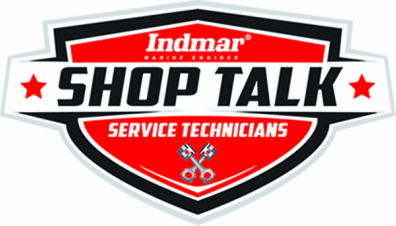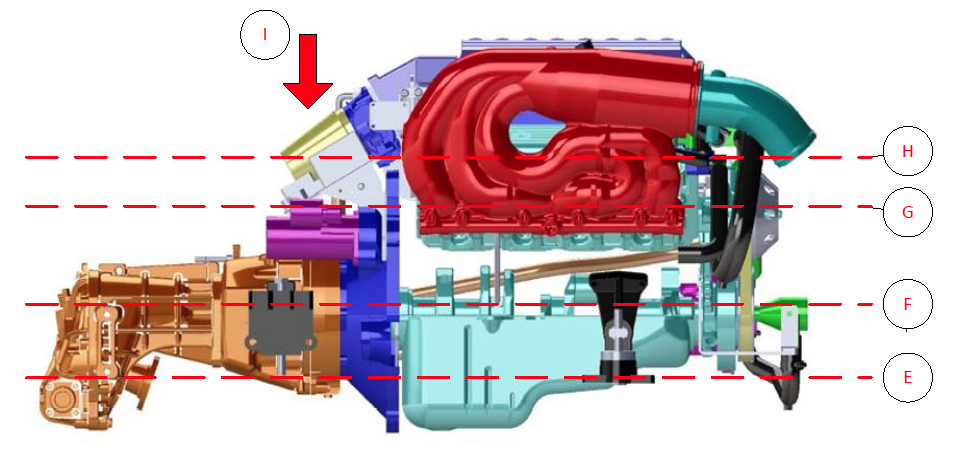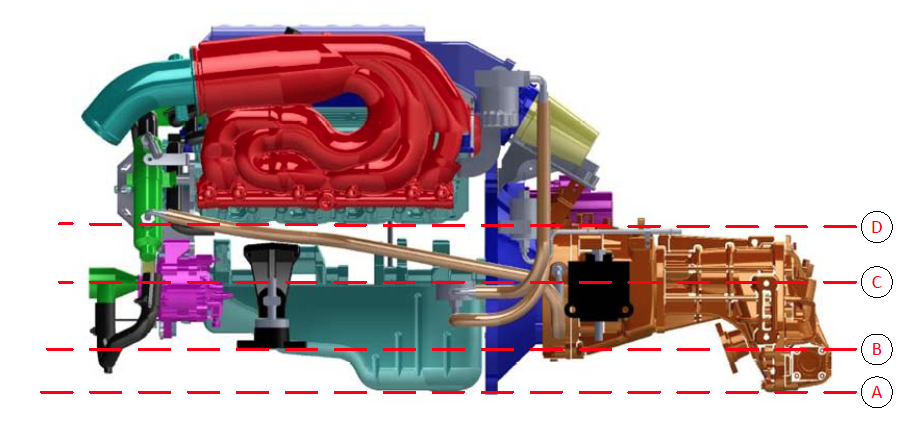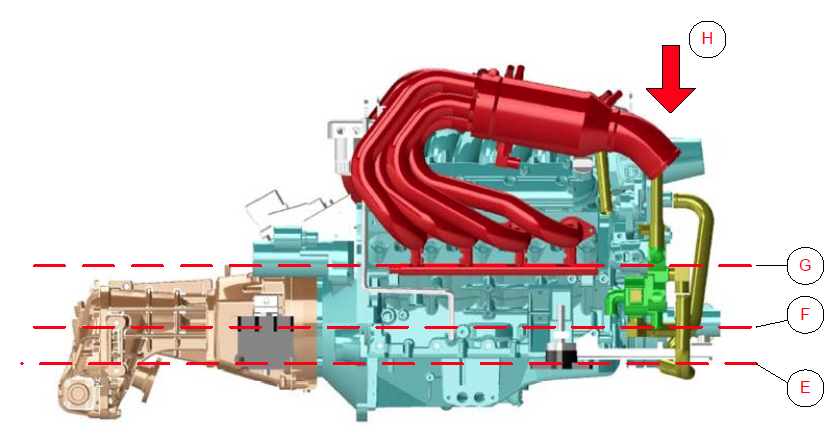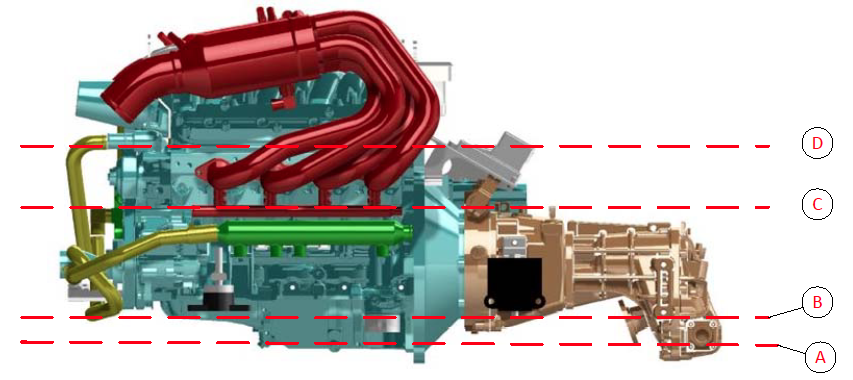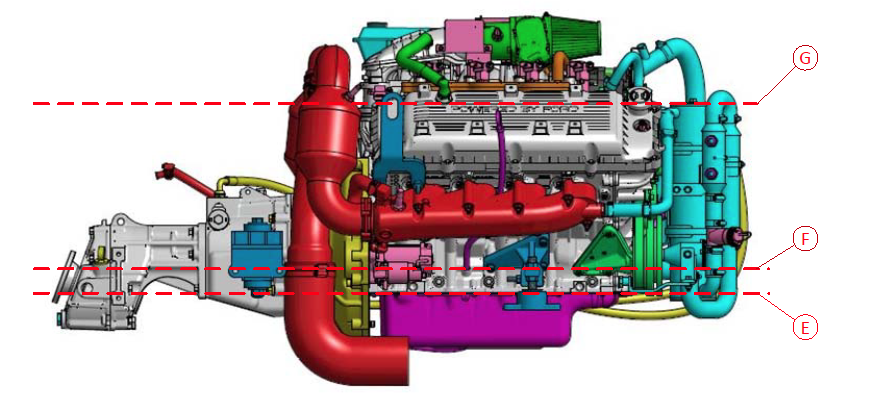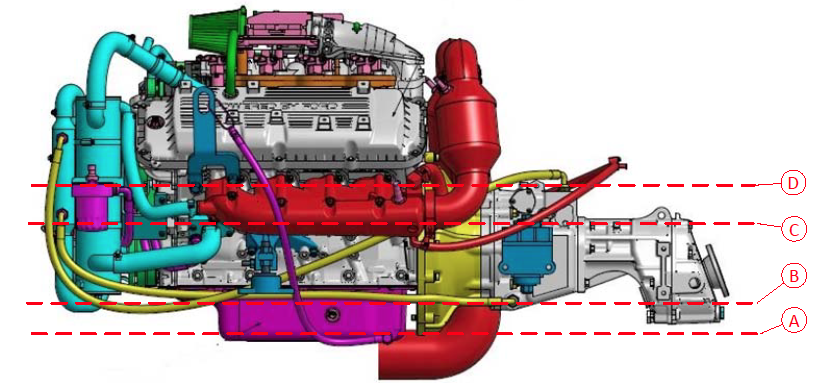© COPYRIGHT 2022 INDMAR MARINE ENGINES - ALL RIGHTS RESERVED.
PRIVACY POLICY | COOKIE POLICY | WEBSITE ACCESSIBILITY
ACCESS MACHINE-READABLE FILES CREATED AND PUBLISHED BY ANTHEM BCBS
PRIVACY POLICY | COOKIE POLICY | WEBSITE ACCESSIBILITY
ACCESS MACHINE-READABLE FILES CREATED AND PUBLISHED BY ANTHEM BCBS
